A Visit to the Artist’s Studio
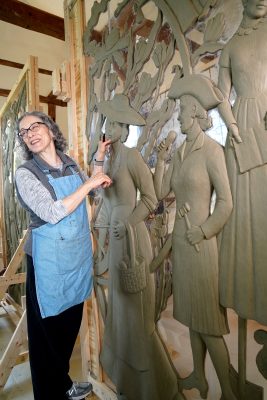
PHOTO, JIM SHAW
The Lexington Women’s Monument
is Coming to Life
T ucked away on a woodsy hill, Meredith Bergmann’s studio is home to hundreds of stories. From the stunningly magnetic bust of Phyllis Wheatley (one of the three women celebrated on Bergmann’s Boston Women’s Memorial) to a depiction of Ruth Bader Ginsburg in progress, historical women come to life through the vision and hands of the artist. Bergmann is the sculptor chosen for her interpretation of the Lexington Women’s Monument scheduled for completion in 2024.
This monument is a testament to collaboration, which began as an intergenerational initiative. Over three years we have grown, with input from multiple Town committees and staff, and support from individuals, families, and over 20 organizations plus several local businesses. The many ways people have helped are all visible in the work: from historians, researchers, donors, descendants of honorees, and volunteers who have sewn, modeled, and connected others. Meredith Bergmann’s brilliant design and artistry reflect Lexington in the past and Lexington today, a place where we step forward when we see that something must be done.
I’m so proud that our community is pulling together to recognize and celebrate the ways women have contributed to our community, the Commonwealth, the country, and beyond.
JESSIE STEIGERWALD
PRESIDENT, LEXSEEHER
The studio has exposed timbers and proportions familiar to those who know Buckman and Munroe. The light-filled central room is dominated by the Lexington monument, and the artist is at work with her assistant Patrick Pigott adding detail to the figures that are now almost fully developed.
Pigott met Bergmann while competing for the Women’s Rights Pioneers Monument in Central Park. When Bergmann was awarded the commission, they began a partnership that has spanned years. Pigott created the scaffolding for the current project and tells me that each part of the monument had to be cut with a jigsaw which he did at his home in New York state, and assembled in Bergmann’s studio. “I assemble it like a big puzzle,” he says. The scale of the piece is imposing. Now, the detail work has begun in earnest. Pigott says, “That’s what she [Bergmann] is so good at. The interaction between the figures, the gestures—breathing life into it.”
When Bergmann began considering the original assignment, and the meaning of “Liberty,” she traveled to Lexington to see the proposed site and get a feel for the history. “I went to the Visitor’s Center and asked the staff there, ‘Do you have any Colonial dolls or information about Colonial women?’ They said no, but I observed that you could buy a toy musket or a tricorn hat. It was all very martial, and that’s important because it is a sacred battle site.”
But what did liberty mean to Colonial wives and mothers? As anyone who has seen a reenactment of the Battle of Lexington knows, it’s the women who run onto the field after the Redcoats have marched off. It’s the women who care for the wounded and are left to manage when their husbands are killed. When Bergmann walked next door to the Buckman Tavern, she found what she was looking for—the familiar elements of domestic Colonial life that represented women, home and family. For Colonial white women, freedom from the British, was freedom to build a life of their choosing in a new and difficult land. For Black enslaved women of the day, freedom had an impossibly deeper and more troubling meaning. For future generations of women of all races in Lexington and America, freedom would evolve to take on expanded significance. Bergman hoped to capture all of this in her vision for the Lexington monument.
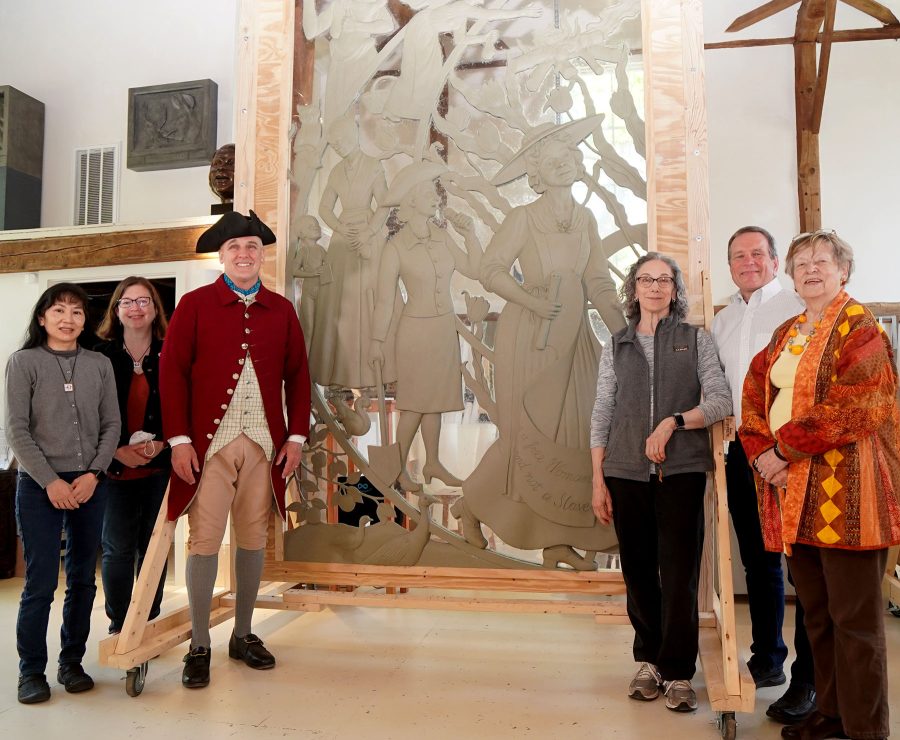
The monument is conceptualized as a gate or archway in the form of a wheel. It will make its home in front of the newly built Visitor’s Center as an open and welcoming invitation to enter into the lives of the women depicted, and interact with their histories spanning hundreds of years. It is also a work of public art, and a social space. It is meant to encourage connection and interaction among visitors.
Bergmann’s bas-relief design incorporates Lexington historical figures interwoven with stylized vegetation and whimsical animals. “My inspiration, in part, was a specific sculpture in New York City by Paul Manchin,” Bergmann explains. “He had a house and a studio up here on Cape Ann that I visited. He also did Prometheus at Lincoln Center. He made a pair of eight-foot-high bronze gates for the playground in Central Park that illustrates Aesop’s Fables, and the animals are absolutely beautiful. You can bring the kids into the story through the little elements they might relate to.”
Watching Bergmann warm and press clay into place, I asked her if she thinks about the stories of the women she depicts while she works. “One thing we do here,” she answers, “is listen to audiobooks and podcasts. The Massachusetts Historical Society has a podcast that is fascinating. The focus is on individual objects—history through objects and their context.”
Objects tell part of the story in Bergmann’s work. The women communicate through the items they are holding—a book, a scroll, a gavel, a banner, a basket—signifiers of the life they led. Eliza Follen is depicted with a book—a symbol of her work as an author. “She is holding a book called Conscience which is a didactic little book she wrote,” Bergmann says with a laugh. “I read it—it’s terrifying, actually. But she also wrote about three little kittens who have lost their mittens, and so we have a kitten there and a mitten.”
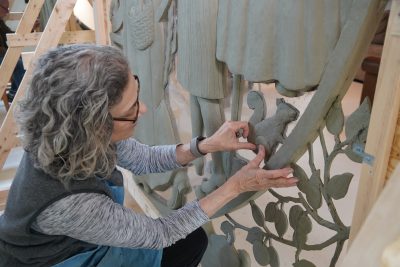
Artist Meredith Bergmann makes refinements and adds detail to the bas-relief. The work will soon move to the foundry, where it will be cast in bronze. PHOTO, JIM SHAW
There is a rhythm in their movement around the arch, following one another and yet standing on their own, like history itself—moving forward and referring back in a constant dance of step and repeat. Bergmann molds the surface, adding depth and detail, steps back and observes, and moves back in to refine. She seems to be contemplating the interconnecting stories and the women’s relationship to the sweep of history.
Practical considerations also surprise me. Bergman explains that public art comes with a myriad of considerations—especially around safety. She explains, “I actually have a kit with big plastic things that are the size of an average child’s torso and an average child’s head!” Each of the spaces between figures had to be carefully measured for safety.
As I take in my surroundings, I am overcome with opposing feelings of sadness and hope. Looking at the images of courageous women who, in their time, fought for recognition and dignity for themselves and others, I am thankful for the women of LexSeeHer and their powerful effort to claim a rightful piece of the Lexington story for Lexington women past, present and future. I am also saddened because in the short period of time since these women began their work, the country has slid backward, eroding rights for women, diminishing their autonomy, reducing voting rights for many, and denying the very thing that is supposed to enlighten and guide us—the unvarnished truth of our own history.
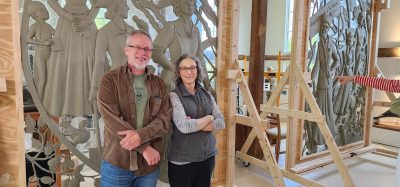
PHOTOS, JIM SHAW
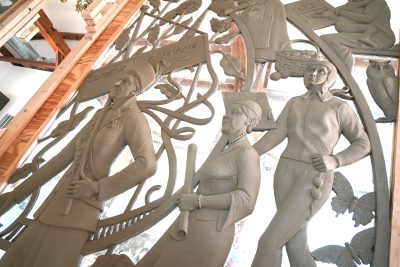
Suffragette Caroline Welington, Mary Elizabeth Bibb, and Peggy Kimball.
It starts with Abigail Harrington calling out to her teenage son Jonathan in the early hours of April 19th. She says, “Jonathan, Jonathan, the reg’lars are coming, and something must be done!” Bergmann laughs, reflecting on how hard it is to rouse a teenager from sleep! “Jonathan was the fifer for Lexington’s militia. It was his mother who got him out of bed and onto the green that morning. He was also the last member of that battle to die,” Bergmann reflects. “And to the end of his life, he told the story of his mother waking him that day.”
Something must be done became the rallying cry for Lexington’s women. In support of the Patriot cause, these women boycotted tea and organized protests like the long forgotten Spinning Match protest, which LexSeeHer reenacted. Primarily farmers during the revolutionary years, these women maintained the fields, crops, and animals and cared for the children while their husbands went off to battle or to do the country’s business. Importantly, they supported societal change even as they were denied property rights, voting rights, and autonomy.
Something must be done was also emblazoned on the banner that the Vera P. Lane carried to Washington for the first suffrage march in 1913. The banner was created by Eliza Wellington in 1887—when women began agitating for suffrage, showing that progress can be painfully slow, but persistence is rewarded. The Lexington Women’s Monument is a testament to the evolving meaning of freedom to women in America.
LexSeeHer assembled a research team to inform Bergmann’s art and add to the available information on each woman depicted. From Margaret Tulip, a Black woman who was brought to Lexington as an enslaved infant in 1718 and later sued in court for her freedom, Cecelia Payne-Gaposchkin, a noted astronomer, Peggy Kimball, an aviator, to Marge Battin a leader in Lexington local government and twelve more, the research team has investigated each woman and her time. That work is ongoing.
From the revolution through suffrage and abolition, Lexington women have been at the forefront of the movement for social justice and human rights. Bergmann’s monument reflects that march through the centuries and hopefully toward a brighter future.
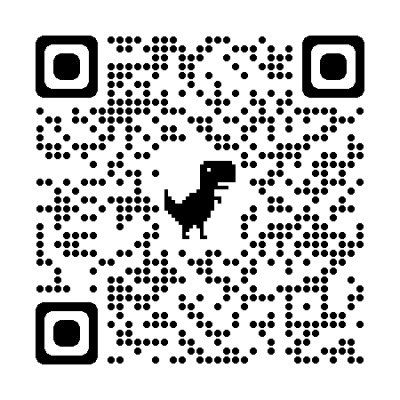
BE A PART OF HISTORY
DONATE TO THE PROJECT TODAY!

If you would like to help the Research Team, or have memories or stories about any of the other women in the monument, reach out to lexmonument@gmail.com.
